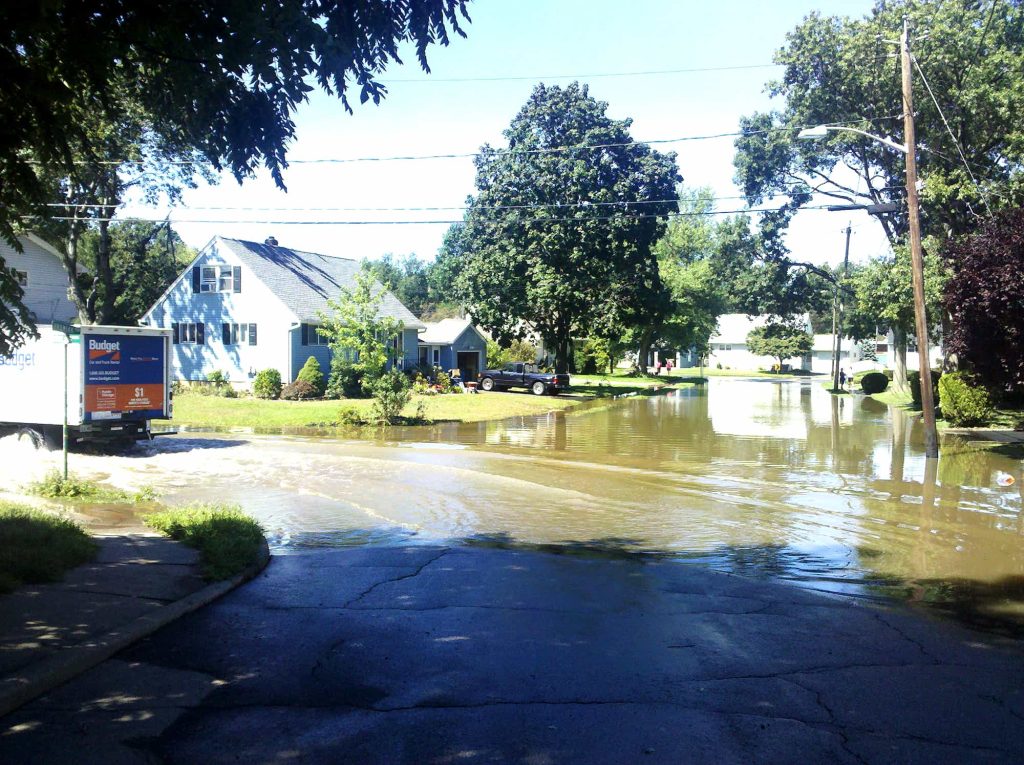Codes and Bylaws Governing Activities in Your Backyard
When it comes to utilizing your backyard for various activities, it is essential to be aware of the codes and bylaws that govern such actions. These regulations are put in place to ensure the safety, well-being, and harmonious coexistence of individuals within residential communities. In this article, we will explore a range of codes and bylaws that commonly apply to backyard activities. Understanding these rules will help you enjoy your backyard responsibly while maintaining a positive relationship with your neighbors and local authorities.
Zoning Regulations:
Zoning regulations dictate how land within a specific area can be used. Backyard activities are typically subject to zoning restrictions, which classify areas as residential, commercial, or industrial. These regulations ensure that your activities align with the designated zoning category.

Fence Height Restrictions:
Many municipalities have restrictions on the maximum height of fences in residential areas. These regulations aim to maintain aesthetics, privacy, and security while preventing obstruction of sightlines for pedestrians and vehicles. Familiarize yourself with the local ordinances to ensure your fence adheres to the height limits.
Noise Ordinances:
Noise ordinances aim to minimize disturbances and maintain a peaceful environment within residential areas. They often specify the permitted hours for noisy activities, such as construction, parties, or the use of power tools. Adhering to these regulations ensures that your backyard activities do not disrupt the peace of the neighborhood.
Property Line Setbacks:
Property line setbacks dictate the minimum distance between structures, such as sheds, decks, or pools, and the boundaries of your property. These setbacks promote safety, accessibility, and proper ventilation while preventing encroachment on neighboring properties. Familiarize yourself with the setbacks before constructing any permanent structures in your backyard.

Swimming Pool Safety Codes:
If you plan to install a swimming pool in your backyard, it is essential to adhere to specific safety codes. These codes may require the installation of a fence or barrier around the pool, a self-latching gate, and the use of approved safety covers. Compliance with these regulations helps prevent accidents and ensures the safety of children and visitors.
Fire Safety Regulations:
Fire safety regulations encompass guidelines for outdoor fire pits, grills, and other open flame devices. These regulations may outline the minimum distance required between the fire feature and any structures, as well as guidelines for fire containment, extinguishing equipment, and burn bans during dry seasons. Adhering to fire safety regulations minimizes the risk of fire-related incidents and protects the surrounding environment.
Waste Disposal and Composting Bylaws:
Proper waste disposal is crucial for maintaining a clean and healthy environment. Familiarize yourself with local bylaws regarding waste management, including guidelines for composting, recycling, and the proper disposal of hazardous materials. Following these regulations promotes sustainability and minimizes the impact on the ecosystem.
Home-Based Business Regulations:
If you intend to operate a home-based business from your backyard, certain regulations may apply. These regulations typically address issues such as signage, customer parking, noise, and the impact on the residential character of the neighborhood. Familiarize yourself with the local zoning regulations and bylaws to ensure compliance with these guidelines.

Outdoor Lighting Regulations:
Outdoor lighting can enhance the aesthetics and security of your backyard. However, some municipalities have regulations regarding the intensity, direction, and timing of outdoor lighting to prevent light pollution and minimize the disturbance to neighboring properties. Familiarize yourself with any local ordinances that govern outdoor lighting to ensure compliance.
Tree Preservation Ordinances:
Trees play a vital role in the environment and contribute to the overall appeal of residential areas. Many municipalities have tree preservation ordinances to protect mature trees and ensure their responsible management. These regulations may require permits for tree removal or dictate guidelines for trimming, replanting, or replacing trees. Understand the specific tree preservation rules in your area before undertaking any tree-related activities.

Pest Control Regulations:
If you encounter pest issues in your backyard, it is important to be aware of local regulations regarding pest control. Some regions have restrictions on the use of certain pesticides or require licensed professionals to handle pest eradication. Adhering to these regulations promotes the safe and responsible management of pests while minimizing the impact on the environment.
Signage Regulations:
If you plan to display signs or banners in your backyard, check local ordinances regarding signage regulations. These rules typically address the size, placement, and content of signs to maintain the visual appeal of the neighborhood and prevent excessive advertising. Ensure that any signage you display complies with these guidelines.

Stormwater Management:
Proper stormwater management is crucial for preventing flooding, erosion, and environmental contamination. Some jurisdictions have regulations in place to address stormwater runoff from residential properties, including guidelines for rainwater collection, permeable surfaces, and drainage systems. Familiarize yourself with local stormwater management regulations to contribute to a sustainable and eco-friendly backyard environment.
Historic District Guidelines:
If your property is located within a designated historic district, additional regulations may apply to backyard activities. These guidelines typically aim to preserve the architectural integrity and historical significance of the area. They may cover exterior modifications, landscaping, and the use of materials in construction projects. Consult with local preservation authorities or homeowner’s associations to understand the specific guidelines applicable to your backyard.
HOA (Homeowner’s Association) Rules:
If you live in a community governed by a homeowner’s association, they may have their own set of rules and bylaws that dictate what is permissible in your backyard. These regulations can cover a wide range of topics, including exterior modifications, landscaping, recreational facilities, and pet restrictions. Review the HOA guidelines to ensure compliance with their specific requirements.
Final Words:
Understanding the codes and bylaws that govern backyard activities is essential for responsible homeownership. Adhering to these regulations promotes safety, maintains the peace and well-being of your neighborhood, and helps create a harmonious living environment. By familiarizing yourself with the applicable codes and bylaws, you can fully enjoy your backyard while respecting the rights and expectations of your community. Remember, local regulations may vary, so consult with your municipal authorities or homeowner’s association to ensure compliance with specific guidelines in your area.







